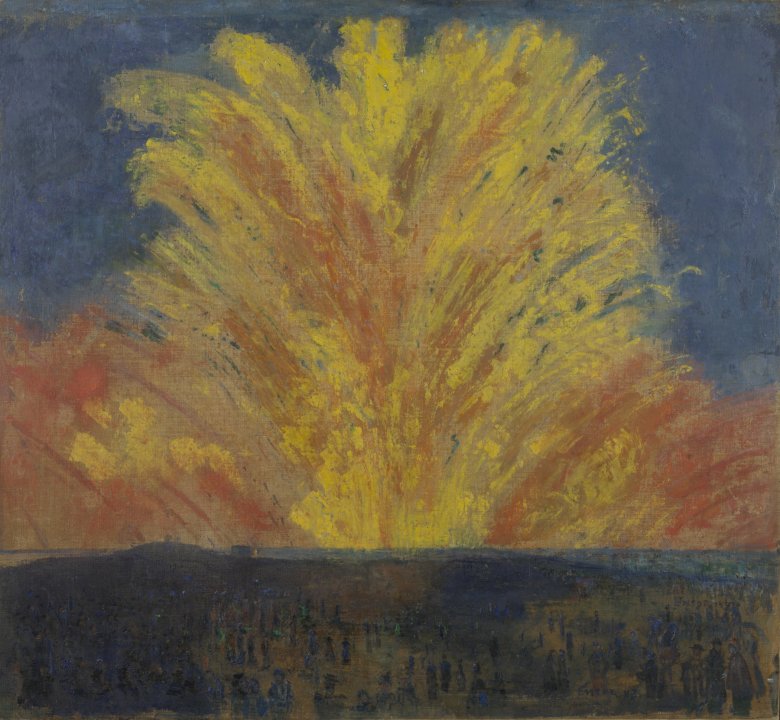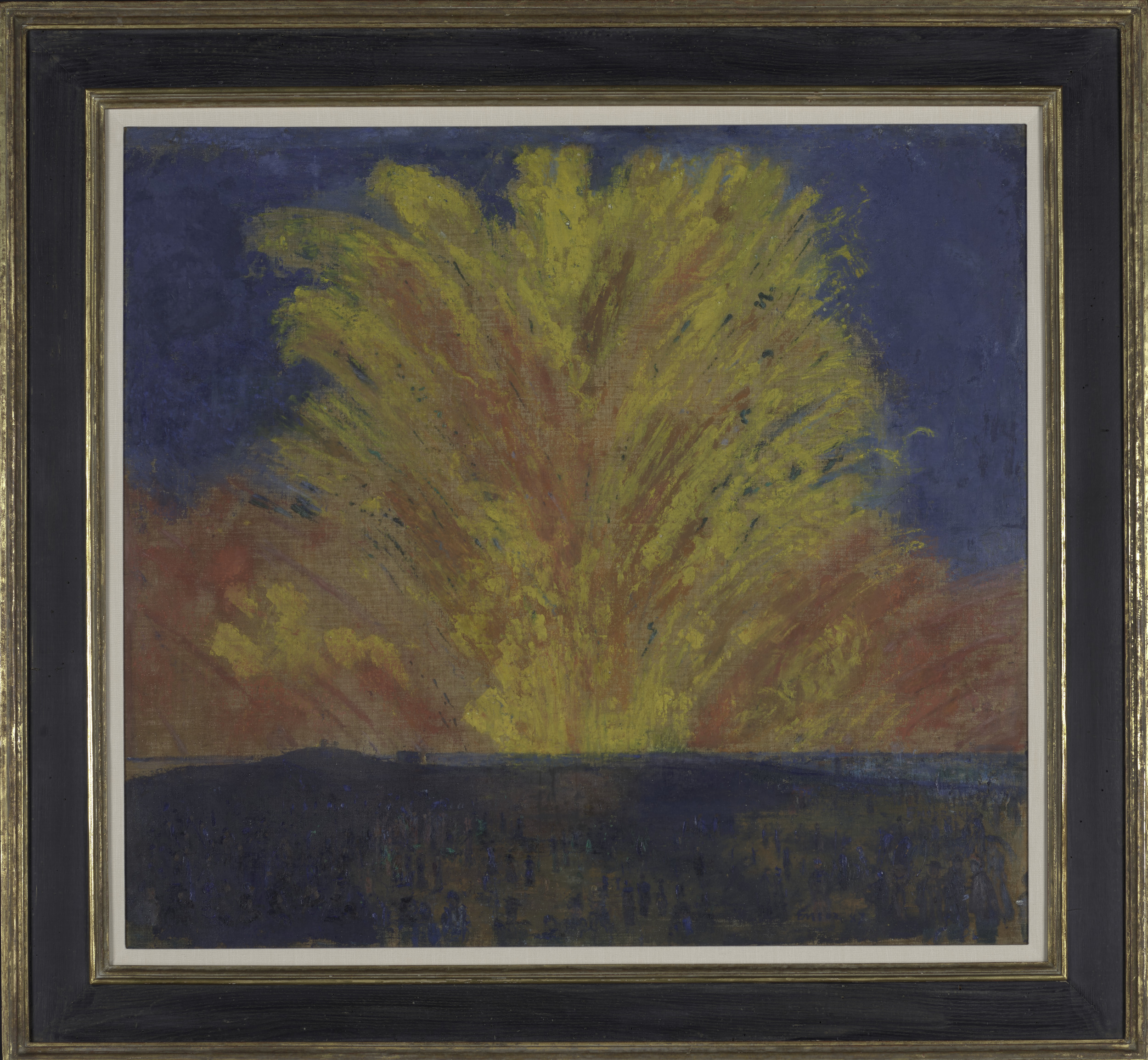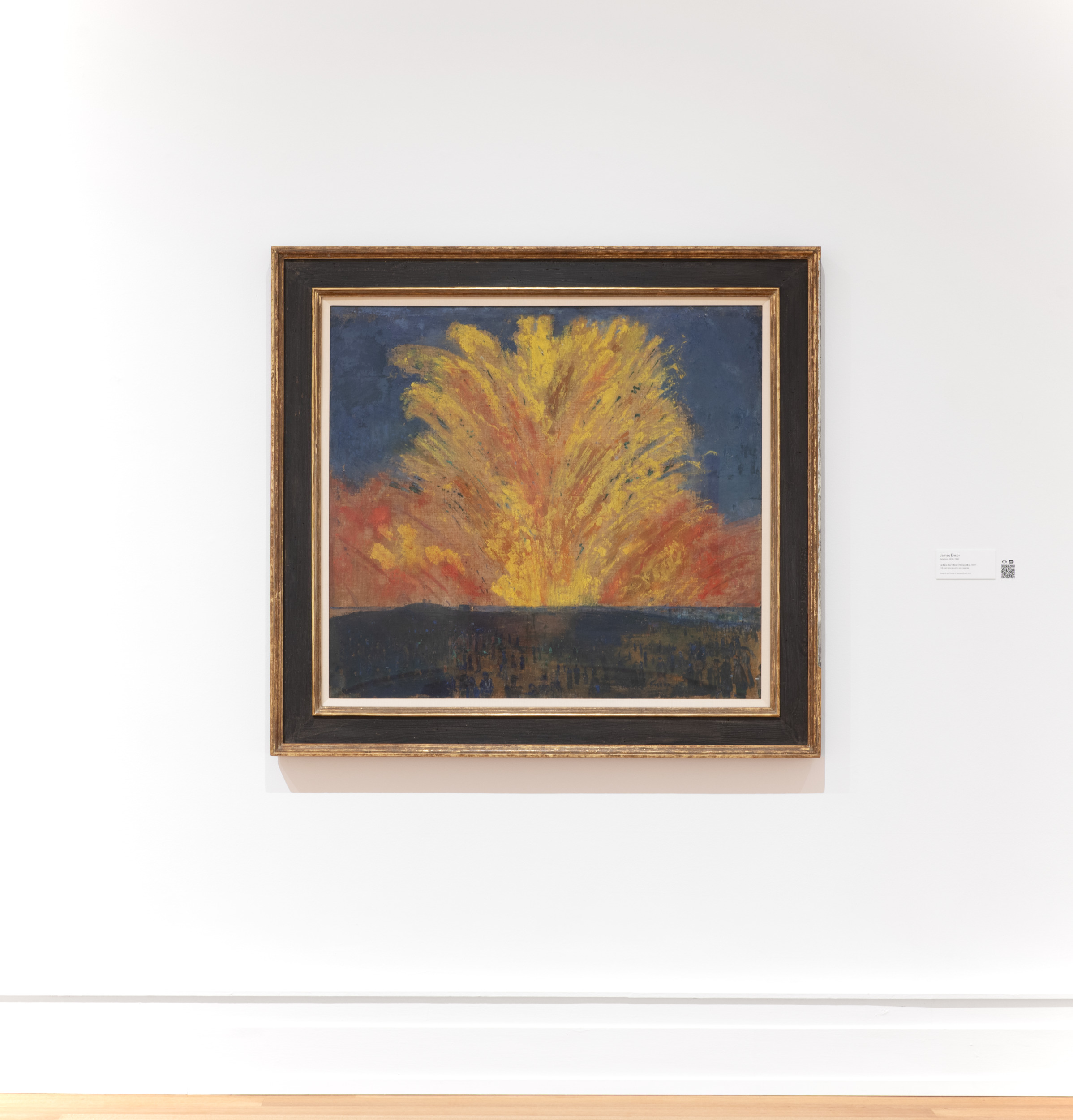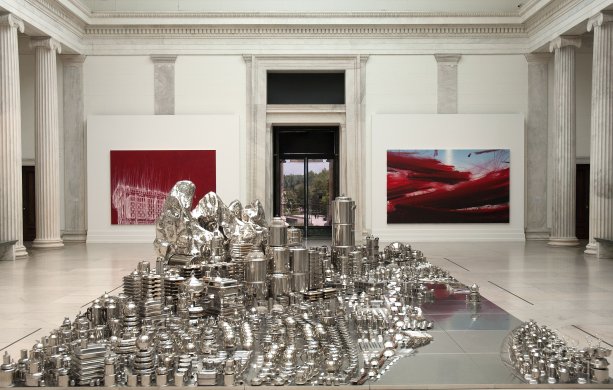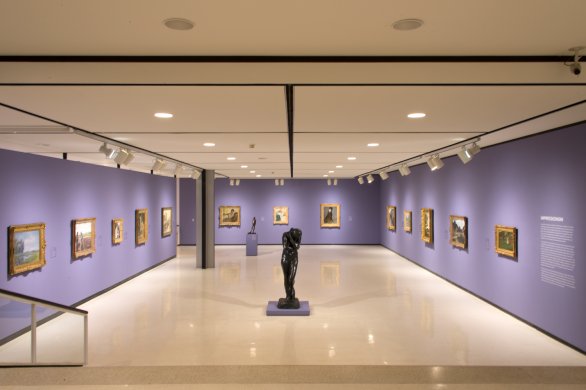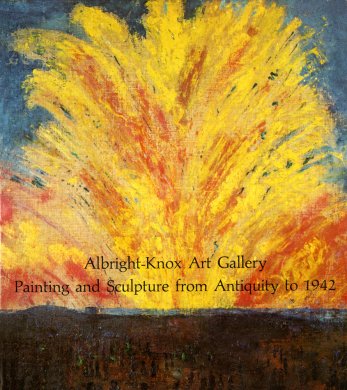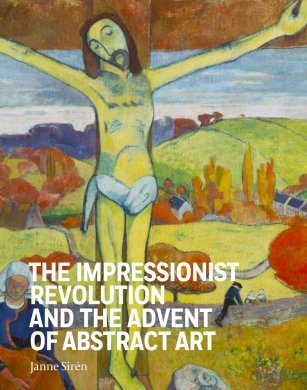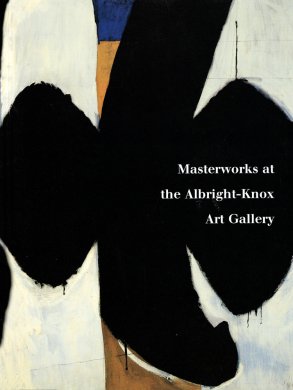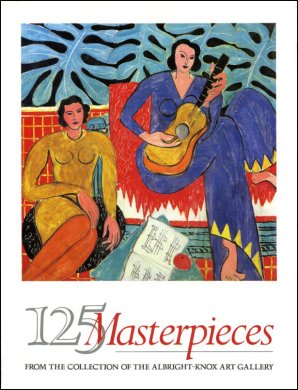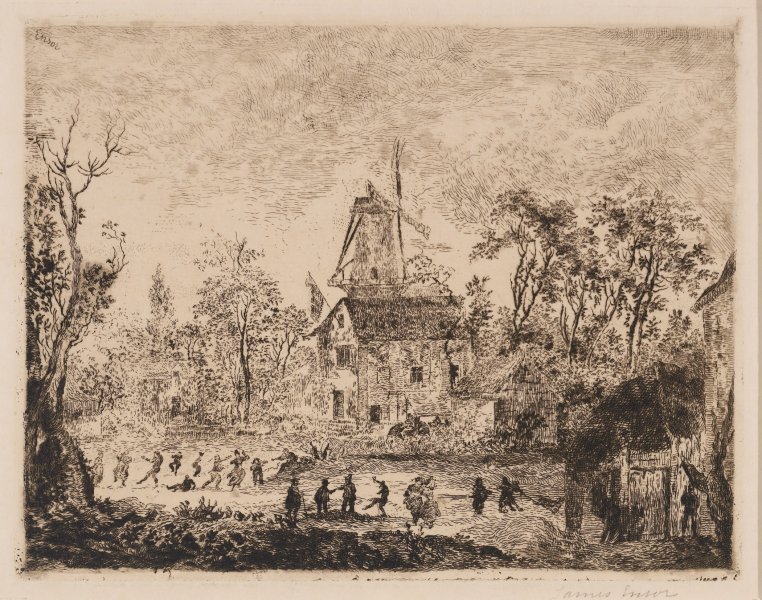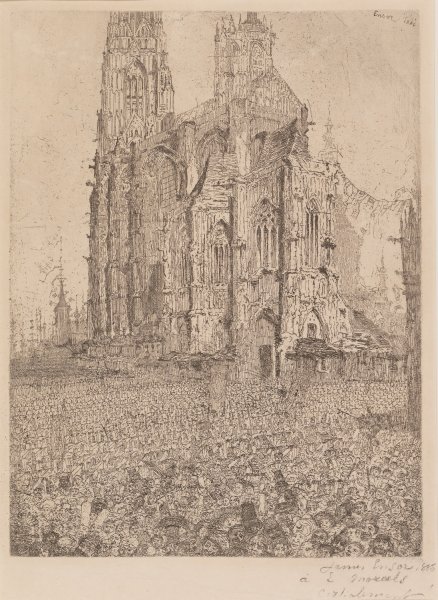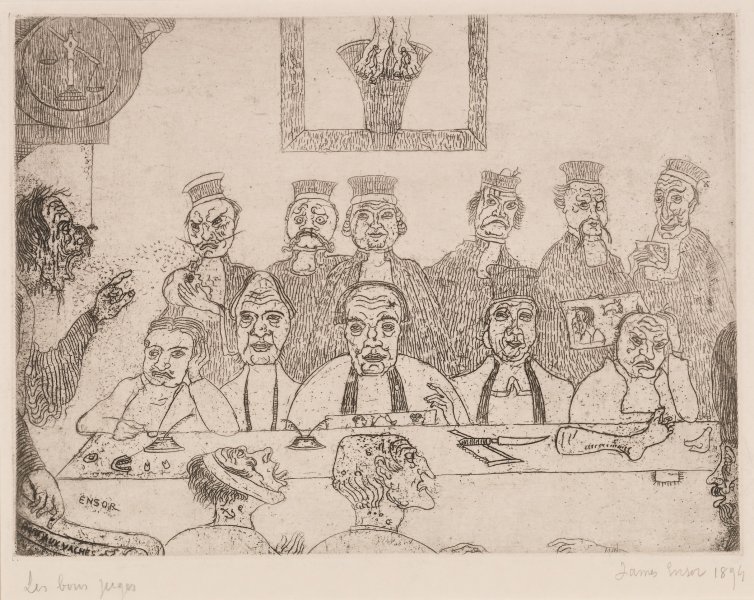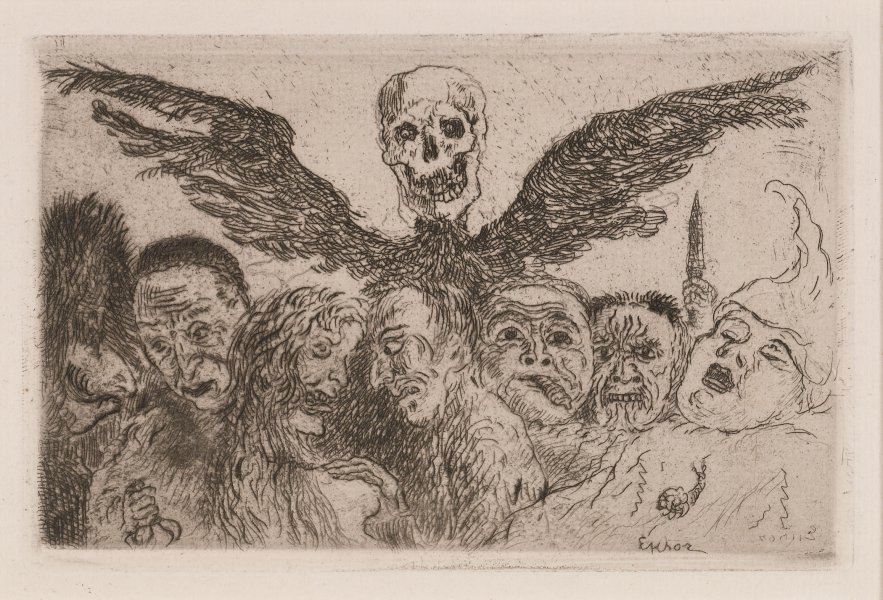James Ensor
Belgian, 1860-1949
Le Feu d'artifice (Fireworks), 1887
Artwork Details
Currently on View
Collection Highlight
Materials
oil and encaustic on canvas
Measurements
support: 40 1/4 x 44 1/4 inches (102.24 x 112.4 cm); framed: 51 3/4 x 55 11/16 x 2 1/2 inches (131.45 x 141.45 x 6.35 cm)
Collection Buffalo AKG Art Museum
Credit
George B. and Jenny R. Mathews Fund, 1970
Accession ID
1970:9
In 1884, James Ensor began creating highly personal works centered on satirical themes that were often rejected from inclusion in exhibitions. In this work, he depicts a wide, slightly rolling landscape in which many vaguely defined small figures stroll about as if enjoying a leisurely outing. In the distance, an enormous explosion of fireworks bursts against a sky of intense blue. Fireworks is representative of Ensor’s middle period, during which he developed menacing themes in seemingly simple compositions. Here, the intensity and scale of the explosion on the horizon—rendered in bright hues of orange, red, and yellow—create a sense of both calm and catastrophe. This visual ambiguity is commonly found throughout Ensor’s body of work, reflecting his ongoing desire to merge the fantastic and the real. Such scenes also reference the apocalyptic landscapes of early 19th–century British Romantic painters J. M. W. Turner and John Martin (1789–1854). Ensor’s slow building of pigment and encaustic, a thick wax medium, resulted in a surface laden with heavy impasto, yet also a high degree of gritty translucency.
